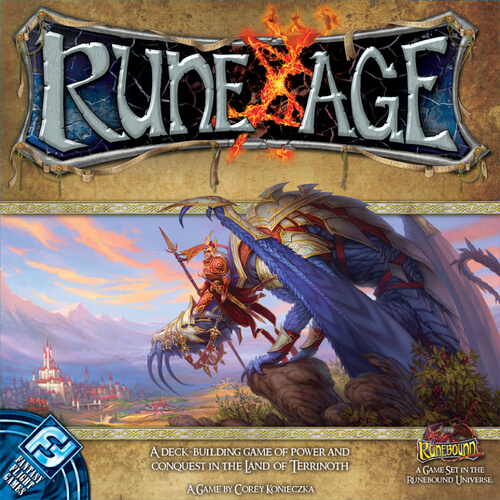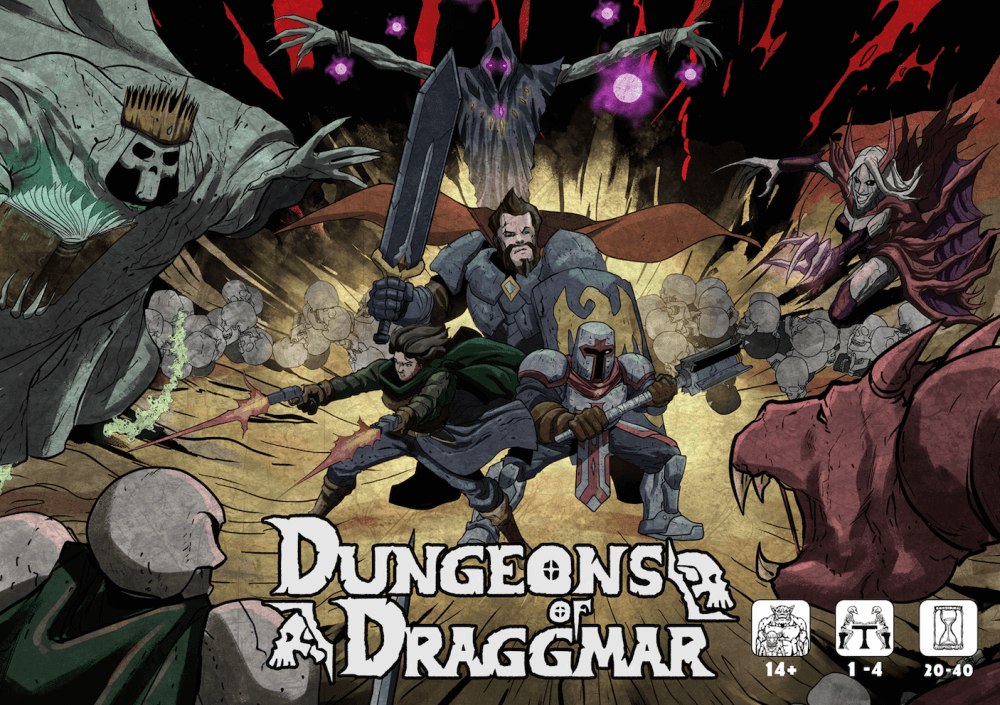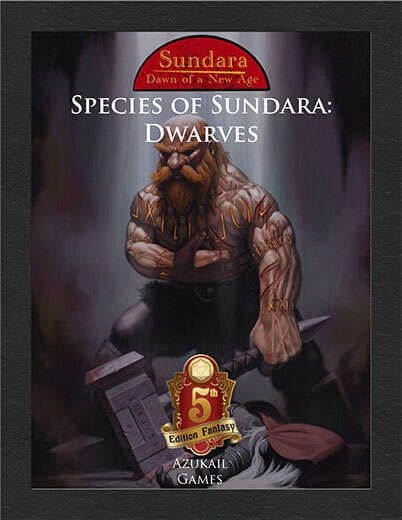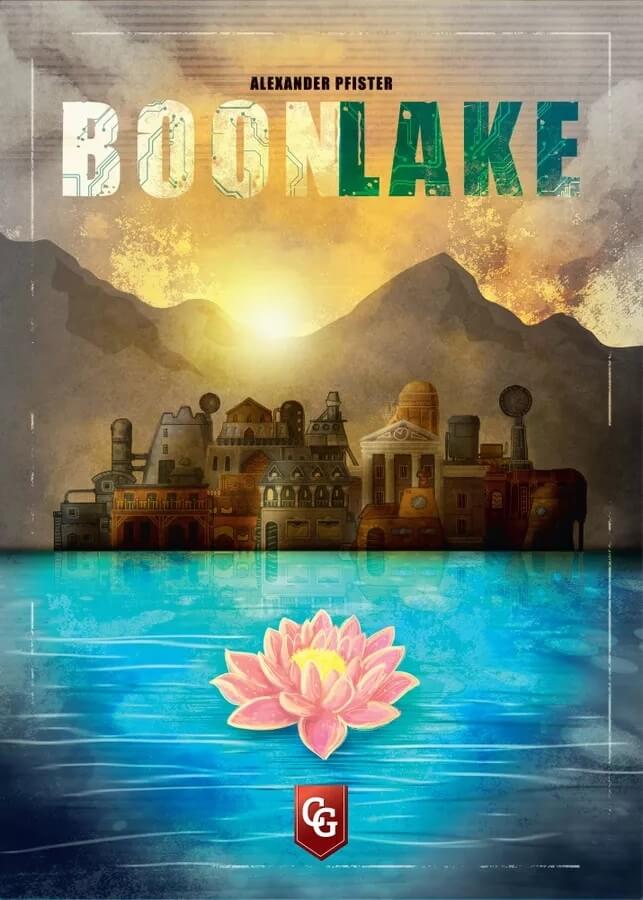
Boonlake
In Boonlake, you embark on an exciting journey as a member of a community of pioneers who have decided to leave civilization behind. Across the shores of the forgotten Boonlake, you seek to build a new life in a wild and unexplored environment. Here, collaboration and a commitment to collective well-being are essential as you and your companions venture out to build homes, develop infrastructure and create economic activities. The game combines strategic exploration and sustainable development, challenging each player to maximize their actions in a dynamic setting. Every decision counts, as your choices can benefit not only you, but also the rivals around you. With an innovative action mechanism, the game's progression changes with each match, offering a unique experience every time you sit down at the table. Focus on automating processes, optimizing your operations to make the most of your new home's potential. As you navigate the lake, how far and fast you can go can be decisive for your success. At Boonlake, your ability to plan and collaborate will determine who really thrives in this new world.Artists: Klemens Franz;
Designers: Alexander Pfister;
Date: 2021
Note: 7.1
Mechanics: End of game bonus, Fitting Parts, Hexagonal grid, Map: Addition, Movement on the Trail, Point-to-point movement, Variable preparation, Income, Follow Action, Solo
Topics: Adventure
Table of Contents
- How to Play
- Tips for playing
- Game mechanics
- Game components
- Additional Information
OBJECTIVE OF THE GAME
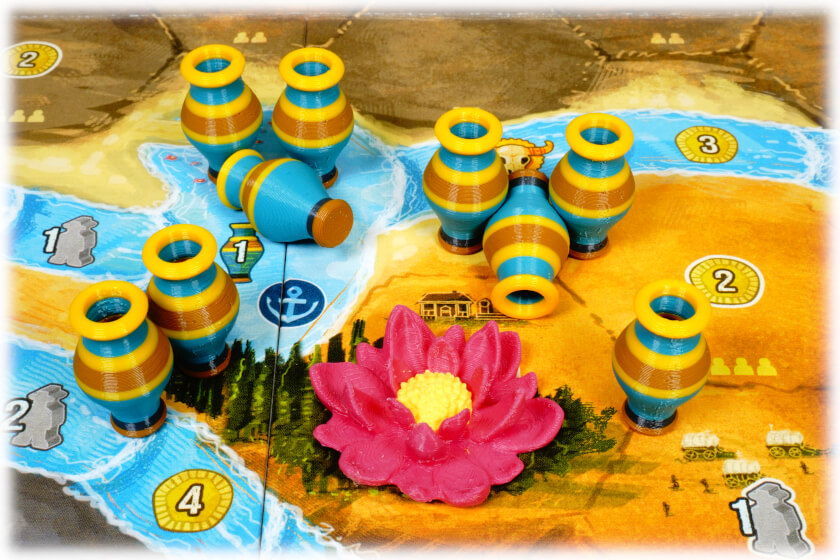
Tips for playing
Here are some tips for doing better in the game Boonlake:
- Explore the board carefully, maximizing the collection of resources available each turn to optimize your future actions.
- Prioritize the development of technologies that benefit your long-term strategy, increasing your efficiency and scoring capacity.
- Keep track of your opponents' actions; taking advantage of opportunities left by them can give you an unexpected strategic advantage.
- Take advantage of opportunities to expand your territory on the board, gaining access to new resources and movement routes.
- Plan your constructions in such a way as to optimize the use of resources and maximize the victory points obtained.
- Use boats to explore and connect different parts of the board, expanding your movement and development options.
- Don't neglect the construction of buildings; they can confer significant bonuses that benefit various strategies.
- Manage your hand of cards carefully, choosing when to use special skills for maximum effectiveness.
- Adapt your strategy as the game progresses, responding effectively to events and your opponents' actions to maintain your advantage.
Video about the game
GAME mechanics
- Placement of parts: In Boonlake, players use a variety of pieces to develop their areas on the board. These pieces can represent buildings, settlements and other elements that contribute to the progress and scoring of the areas controlled by the players.
- Point-to-point movement: Players move their boats along the Boonlake River, using pre-established points. This movement determines which actions are available and influences the pace and strategy of the game.
- End of game bonus: At the end of the game, players receive additional victory points based on objectives met, such as the diversity of buildings erected or specific areas of the board controlled. These bonuses guide long-term strategies.
- Hexagonal grid: Boonlake uses a board divided into hexagons that make up the game map. Players explore and develop these hexagonal areas to expand their territories, access resources and create new opportunities for action.
- Map: Addition: As the game progresses, new sections of the map can be revealed or added, offering players new opportunities for exploration and strategic development.
- Track Movement: Movement along the river on the board is done via a linear path that players follow, directly influencing their choices of action and pace of progress. The position on the track can also impact the score and access to resources.
- Variable preparation: Boonlake offers different scenarios and starting configurations, allowing players to start each game in a unique way. This includes the starting position of the pieces and the availability of resources on the board.
- Income: During the game, players receive periodic income which can include resources, cards or other advantages, depending on the areas they control and the developments they have made.
- Follow Action: When a player performs an action, other players have the opportunity to perform a reduced or modified version of that action, introducing interaction and strategy when planning actions between turns.
- Solo: Boonlake includes a solo variant, in which one player competes against an artificial opponent, simulating the multiplayer game experience and maintaining the strategic challenge.
Game components
See all the items in the game below Boonlake:
- 1 central tray
- 4 player boards in double layers
- 165 development letters
- 24 homes (6 per player)
- 20 flocks (5 per player)
- 36 mechanisms
- 40 inhabitants (10 per player)
- 12 control markers (3 per player)
- 8 boats (2 per player)
- 4 action trays
- 42 building pieces (including 10 starters and 7 herd pastures)
- 16 production centers (stone, iron, clay and wood; 4 per player)
- 62 coins (41 of value 1; 15 of value 5; 6 of value 20)
- 4 area markers
- 1 active player token
- 10 soil markers
- 14 decorative vases
- 4 phase markers (100/200)
- 16 scoring pieces
- 7 stock strips
- 16 clusters (4 per player)
Additional Information
- Ludopedia link: https://ludopedia.com.br/jogo/boonlake
- Link Tabletopia: https://tabletopia.com/games/boonlake
- Amazon Brazil link: Comprar Boonlake
- Amazon USA link: Comprar Boonlake
